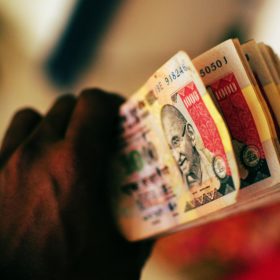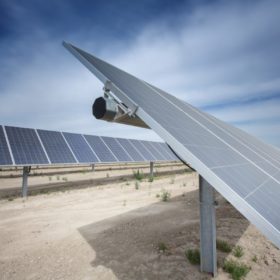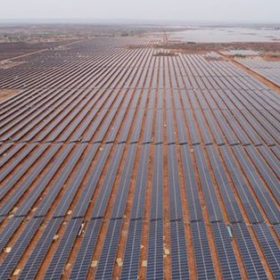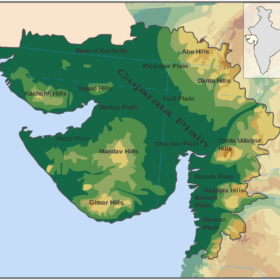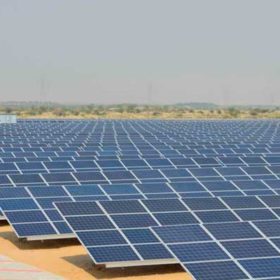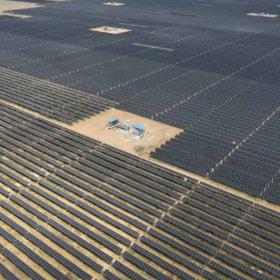Ministry explores alternatives to bank guarantees for solar projects
Lobby group the National Solar Energy Federation of India has welcomed the move and asked the Ministry of New and Renewable Energy to extend any such measures to existing contracts to help developers meet working capital requirements.
REIL tenders solar projects in Maharashtra and Uttarakhand
March 27 is the last date to bid for ground-based, grid-interactive solar power plants ranging from 500 kWp to 2 MWp or more at various locations/sub-stations of Maharashtra State Electricity Distribution Company Limited (MSEDCL). Bidding for 100 kWp to 500 kWp grid-interactive rooftop solar plants in Uttarakhand closes on March 21.
Optimistic solar outlook dimmed by COVID-19 – Bridge To India
Developers are also expected to drag their heels over project completion during the first half of the year as the safeguarding duty applied to imported Chinese and Malaysian solar products is due to expire at the end of July.
India Ratings maintains stable outlook on solar sector for FY2020-21
Contracted revenue, minimal volume risk and moderate-to-strong counterparties mitigate cash flow concerns in solar assets.
Investment opportunities in India’s solar sector
India, with 750 GW of solar potential, has also one of the highest transmission and distribution losses in the world. So, while there is immense scope in PV deployment, there is a need for greater investment in grid related projects also to help the country best utilise its renewable energy potential, says the latest report by SolarPower Europe and National Solar Energy Federation of India (NSEFI) which also makes recommendations to help accelerate investments in the solar sector.
Larsen & Toubro bags 50 MW solar project in Tamil Nadu
Following a 20 MW floating solar project in Uttar Pradesh last month, Larsen & Toubro has won an order to design and construct a 50 MW solar plant in Tamil Nadu.
Uttar Pradesh will become the hub of solar energy, says State’s energy minister
15 GW of utility scale and 8.5 GW grid-connected rooftop solar by year 2030 is the new target set for the state which is currently chasing year 2022 target of 6.4 GW and 4.3 GW, respectively.
Gujarat to provide Rs 912 crore subsidy for rooftop solar this fiscal
The state budget for 2020-21 has also allocated Rs 125 crore under Pradhan Mantri KUSUM Yojana to solarize 18,500 grid-connected pumps and for standalone offgrid solar power agriculture pumps.
BHEL tenders grid-connected power conditioning units for 100 MW solar plant in Gujarat
Global bids are invited for supply, installation and commissioning of two sets of 1500V 3-phase grid-connected outdoor PCUs for a 2x50MW solar plant at Raghanesda. Bidding closes on March 7.
Thermal energy giant NLC aims to touch 4 GW solar capacity by 2025
Having touched 1404 MW of renewable capacity as on January 31, 2020, the state-owned producer aims to add further 2847 MW to reach 4251 MW (4 GW from solar and 251 MW wind) by 2025.
